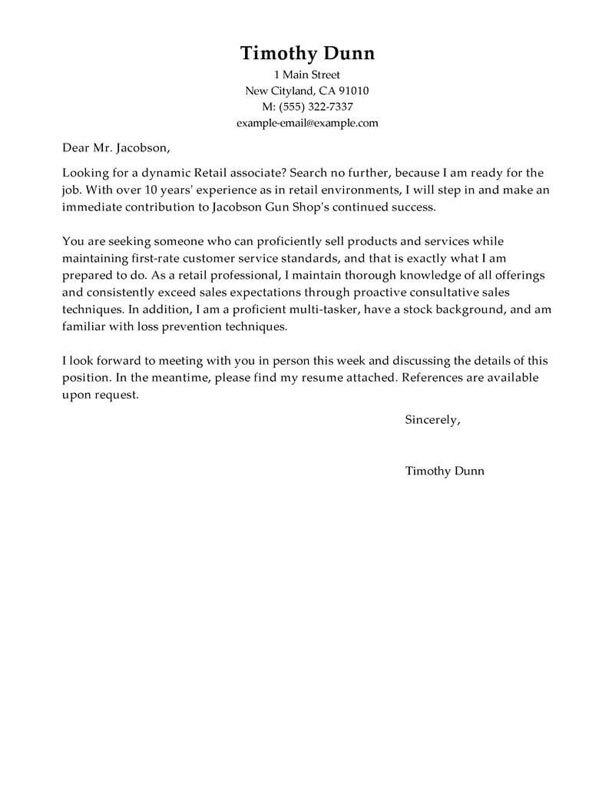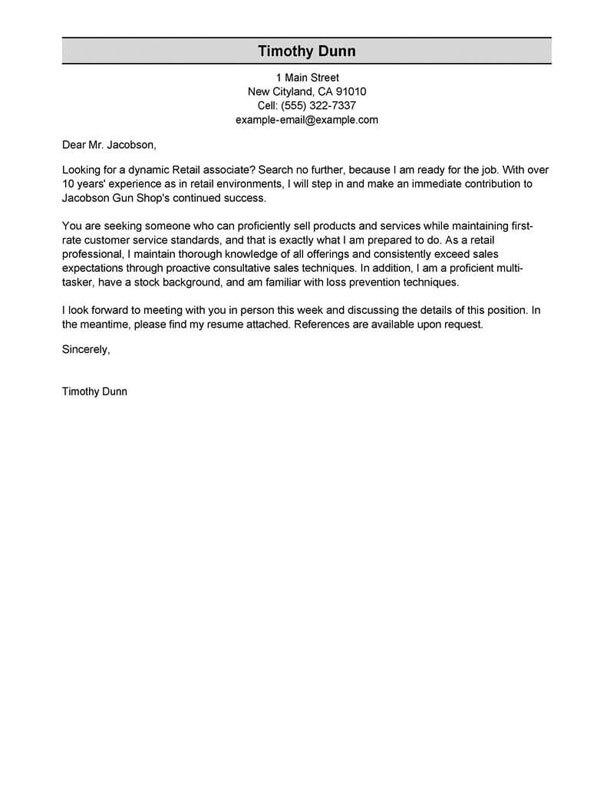TABLE OF CONTENTS
Data Scientist resume
summary examples
Did you know a recruiter spends an average of seven seconds scanning your resume?
You’ll have to grab their attention quickly when your resume lands in their hands, and the best way to do that is with a resume summary.
This resume introduction consists of two to three sentences summarizing the skills, qualifications and experiences that best show you’re perfect for the job.
Experienced applicants should opt for the professional summary. However, if you’re an inexperienced candidate applying for an entry-level position, you will benefit more from an objective statement.
You can list your most job-relevant skills with a resume objective and explain how they’ll help you achieve your professional goals.
Check out the following examples to determine which approach is right for you.
Good example:
“ A data scientist with 5+ years of experience leveraging advanced analytics and machine learning techniques to drive business decisions. Proven track record of success in developing predictive models, analyzing large datasets, and creating data-driven solutions to complex problems. Experienced in building data pipelines, optimizing data storage, and deploying data-driven applications.”
Why this example passes:
- Feature candidate’s success statistic to grab attention. Numbers add detail about how big the results you deliver are, e.g., test scores, passing rate and more.
- Shows career length, 11 years.
- Mentions employer-desired skills: student motivation and interactive lessons.
Bad example:
“ Highly motivated Data Scientist with a passion for data analysis and problem solving. Experienced in data manipulation and data visualization. Seeking to leverage my skills to help drive business decisions.”
Why this example fails:
- Doesn’t include any numbers that quantify data scientist’s performance
- Uses vague descriptions and skills.
- Doesn’t include years of teaching experience.
The fastest way to write your
professional summary
Showcase your selling points as a Data Scientist with an attention-grabbing professional summary generated by our Resume Builder! It’s an automated tool that will suggest best-use phrases and content-rich sentences you can customize.
- 1
Enter the details about the job title you held. The builder comes preloaded with auto-suggested phrasing written by resume experts.
- 2
Then, just pick from these suggested phrases that best frame your experience and customize them to your liking!
- 3
All you have to do is choose the summary phrases that best frame your experience. It’s like having a professional do it for you!
Our Resume Builder is an ideal solution to all your resume-writing needs, but did you know that LiveCareer also offers professional resume-writing services? Take advantage of all the tools we have at your disposal and land your dream Data Scientist job!
The reviews are in!
See what they’re saying about us on Trustpilot.
Data Scientist resume work
experience examples
As an Data Scientist, your work experience section is crucial to convince employers you’re the best candidate. Picking job-relevant skills and achievements is vital to write a good resume since they must directly respond to the employer’s needs. The following work experience examples will help you identify the do’s and don’ts of writing this essential resume section.
Good example:
Rolling Meadows Middle School I Rolling Meadows, IL I 8/2018-current
- Analyzed large datasets to identify patterns and trends, leading to improved decision-making and business strategies
- Developed and maintained complex data models to accurately predict customer behavior and optimize marketing campaigns
- Implemented machine learning algorithms to automate data processing and analysis
- Utilized data visualization techniques to present findings to senior management and stakeholders.
Why this example passes:
- Numbers and statistics add detail and quantify the results this data scientist delivers: 4% improvement and a class size of 20-25.
- Good use of strong words and active language.
- References specialized value cahier provides with “individualized lesson plans.”
Bad example:
Emily Dickinson Elementary I Redmond, WA I 4/2022-present
- Developed data models
- Processed data sets
- Analyzed data trends
- Generated reports
Why this example fails:
- Lacks numbers or statistics.
- Describes general tasks, not teaching achievements or career highlights.
- Uses active verbs, but doesn’t focus on results.
Data Scientist resume skills examples
Here are 11 sample skills for data scientist:
- Database Management
- Statistical Analysis
- Data Mining
- Business Forecasting
- Intelligence Gathering
- Agile Methodology
- Machine Learning
- Business requirements gathering
- Psychometrics
- Advanced mathematical abilities
- Agile framework understanding
You should sprinkle skills and abilities throughout your resume. Include them in your professional summary, work experience blurbs and a dedicated skills section.
Examples of additional resume sections
Every Data Scientist resume should have at least five sections: contact information, professional summary, work experience, skills and education. It can also be helpful to add extra sections if they show you’re a fit for the job.
Here are some examples of optional data scientist resume sections that you could add to provide greater detail:
- Languages
- Certifications
- Accomplishments
- Additional information
- Additional skills
- References
- Software
- Timeline
Including additional sections that help you convince employers you’re the best fit for the position. However, be selective about what qualifications you include, and eliminate any that don’t respond to the job’s specific requirements.
How to choose a resume format
0-3
Years of experience
Functional formats
- Focus on skills.
- Best for first-time data scientist who lack work experience.
- Good for people re-entering workforce.
- May omit dates in the work history section.
Organization:
- Skills listed above work experience.
3-10
Years of experience
Combination formats
- Balance skills and work history.
- Ideal for mid-career data scientist.
- Suitable for career changers and people seeking promotion.
Organization:
- Skills next to or above work experience.
10+
Years of experience
Chronological formats
- Put the most focus on work history.
- Best for data scientist with a long, steady career.
- Most popular format.
- Preferred by recruiters.
Organization:
- Work experience listed above skills.
More Data Scientist resume examples
Featured in:*

*The names and logos of the companies referred to in this page are all trademarks of their respective holders. Unless specifically stated otherwise, such references are not intended to imply any affiliation or association with LiveCareer.





